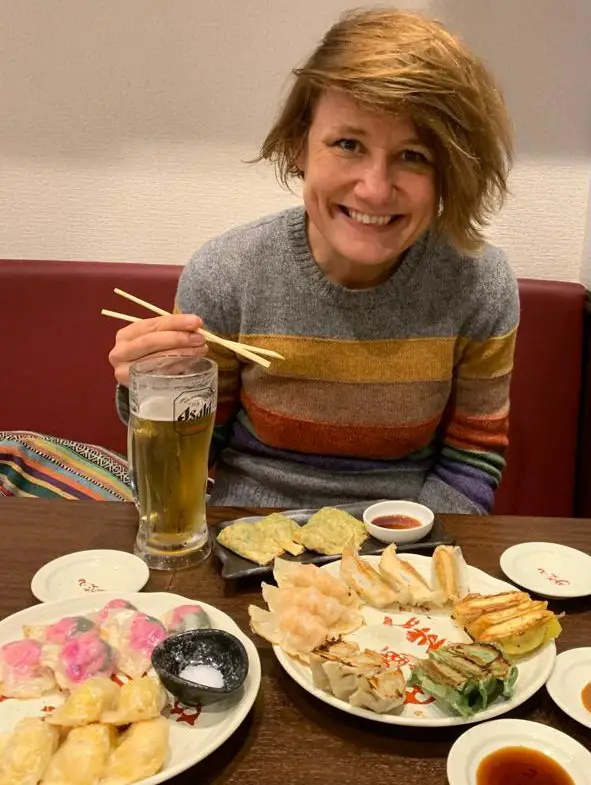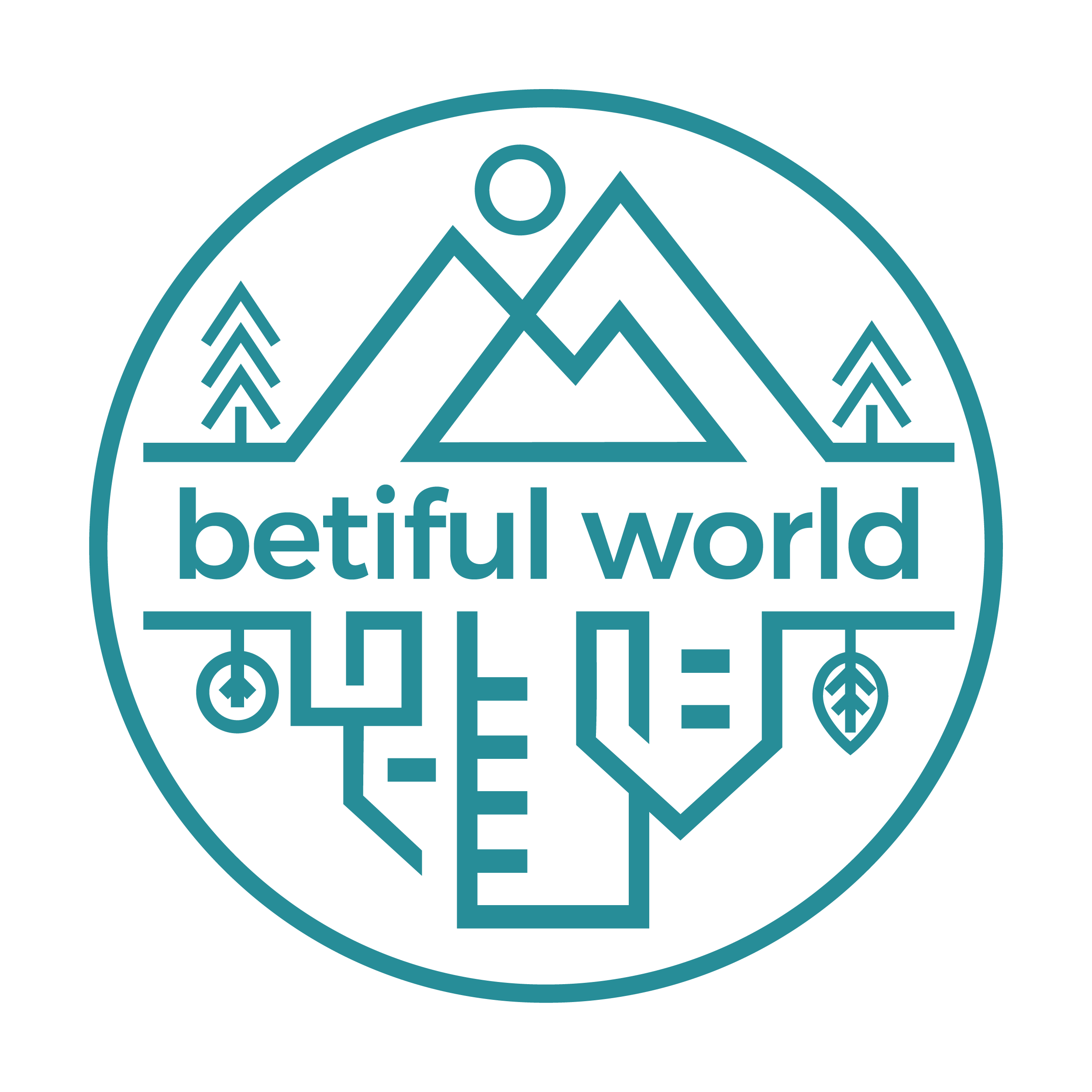You plan your trip to Japan. The only thing you know is that you land in Tokyo. But what’s next? You’ve heard about Kyoto but why should you visit it? I’ve been living in Tokyo for a few months and it was my first trip to Kyoto. I was curious as everyone who I spoke to told me only good things about it. Everyone loves Kyoto! Now I know why. No trip to Japan is complete without going to Kyoto. One visit might not be even enough.
What's in this blog post?
REASONS WHY YOU SHOULD VISIT KYOTO
#1. There is no other city like Kyoto
Unique character
Kyoto is very unique. There isn’t a similar city anywhere in the world. It’s not about its beauty as there are more beautiful cities in the world. After 8 years of living and travelling in Asia, I still think nothing can beat European cities. It’s about being different. European capitals are stunning but comparable. Rome and Paris cathedrals, cute little cobbled alleys and magnificent squares are a bit similar, aren’t they? Many Asian cities are also alike. Most of them are chaotic. Whereas Singapore reminds of HK or even London, due to its prevailing Chinese culture and British influences.
But Kyoto is Kyoto. Let me explain.
Roughly 2000 temples and shrines
The uniqueness of Japanese culture definitely makes a difference. But not only, as then Kyoto would be similar to other Japanese cities and it is definetely not. Over 1600 Buddhist temples and 400 Shinto shrines (2 main religions in Japan) scattered around the city make you feel like being in an open-air museum extended over the city.
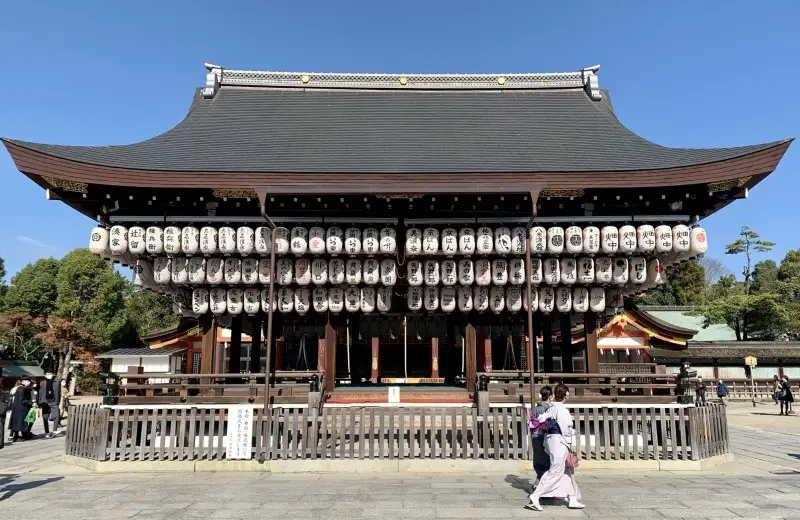
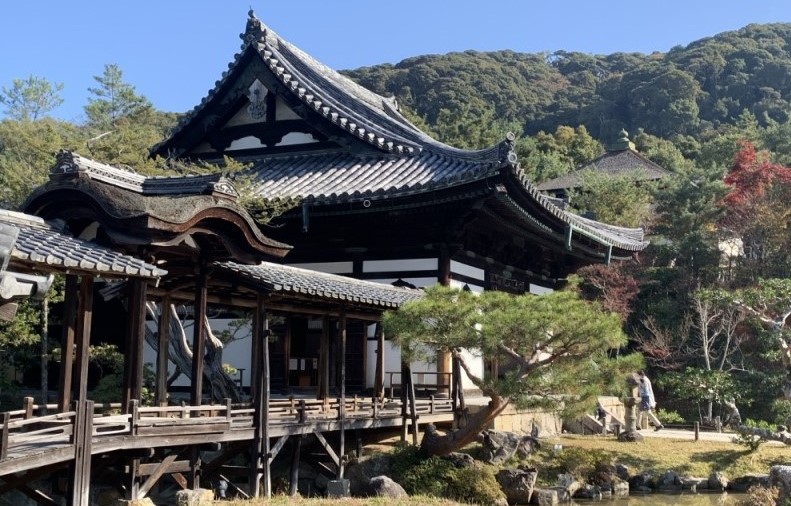
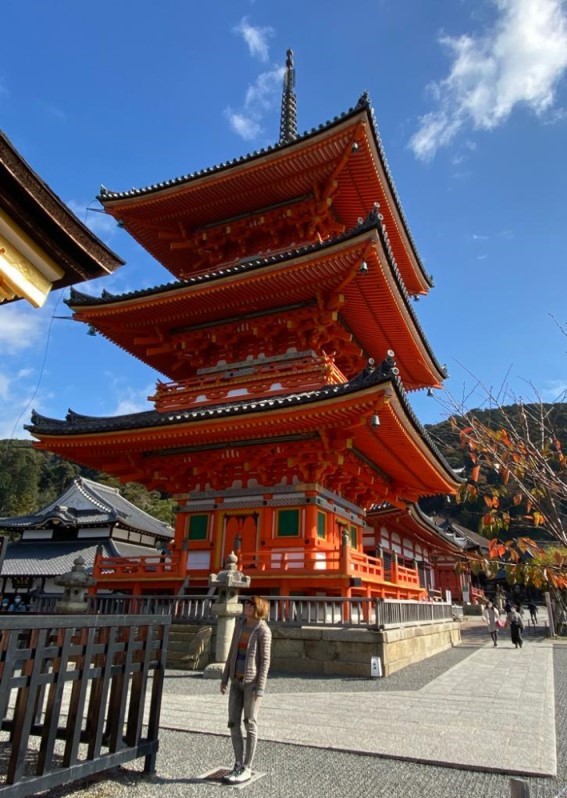
Kimono culture
There is a very different feeling from walking through modern cities of Tokyo or Osaka, where you won’t spot easily Japanese people wearing traditional kimonos in the streets. Nowadays kimonos are usually only worn during festivals and to mark important occasions. However in Kyoto, many domestic tourists as well as locals still wear them while visiting temples, shrines and historical districts. There are plenty of kimono rentals so you might want to give it a go. Where else, if not in Kyoto?
Land of mysterious geishas
Kyoto is Japan’s capital of geisha. The chances to have a glimpse into this fascinating world of the iconic Japanese female entertainers with the white-painted faces, traditional hairstyles and fabulous kimonos are the highest in Kyoto. Most of them live and work in Kyoto’s historical district Gion. If you are lucky enough, you might spot a geisha walking in the street. However, it is not so easy these days as there are not many geisha even in Kyoto. You can try to arrange a meeting with a geisha. If you happen to be in Kyoto in spring time, you can attend their public dance (odori). Another option is to attend a tea ceremony or a theater performance at Kyoto Gion Corner. Geishas remain a mystery even to many Japanese, so don’t be disappointed if you don’t see any.
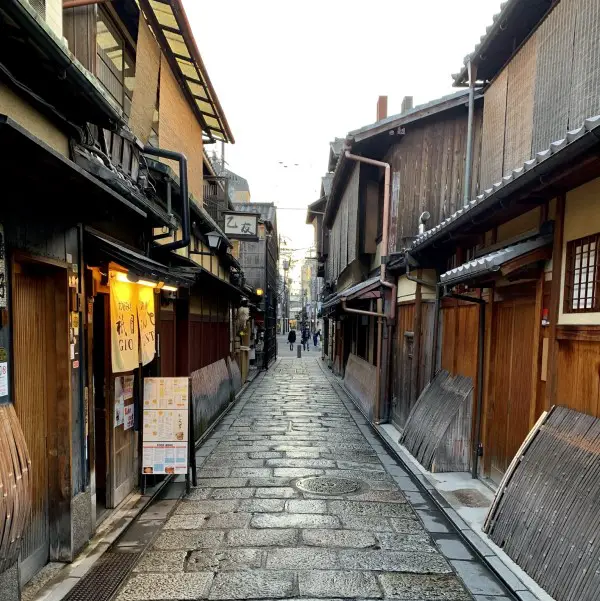
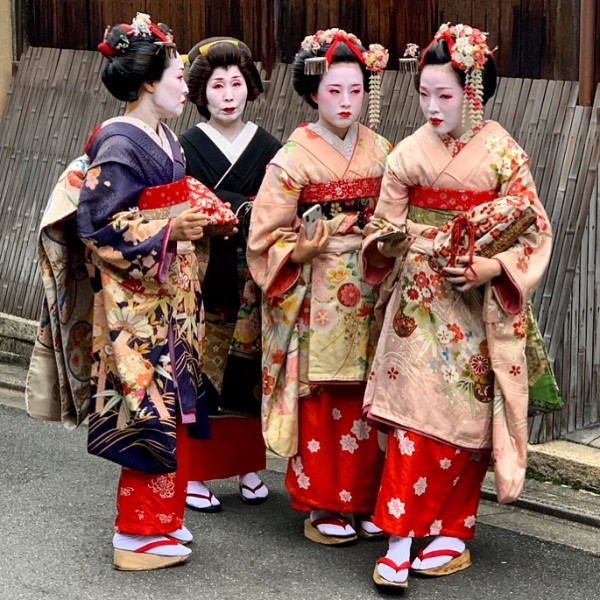
Do you still think Kyoto can be compared to any other place in the world? Its unique character is the first reason why you should visit Kyoto.
#2. Kyoto is a historical and cultural capital of Japan
Capital of Japan for over 1000 years
All over the world the capital cities are the cultural and historical epicentres so why is it different in Japan? In short, because in Japan normal rules usually do not apply.:) Jokes apart, Kyoto is one of the oldest cities in Japan. It was Japan’s capital for over 1000 years, from its inception in 794 until 1868 when the emperors moved to Tokyo.
Fortunately, the city was also spared from massive destruction during World War II. As a result, its cultural heritage has been preserved. Whereas Tokyo has been vastly devastated by the 1923 earthquake and World War II bombings. Not to mention, Tokyo’s history doesn’t go back to ancient times. Until the XVII century it was just a fishing village.
Old traditions are still alive
If you want to learn about the culture and history of Japan you should definitely visit Kyoto. Apart from visiting numerous impressive landmarks and temples, a simple stroll through one of the historical districts with typical narrow cobblestone streets lined with little traditional shops is like taking a step back in time. Getting lost in the picturesque alleys and admiring Japanese wooden architecture was one of my favourite parts of Kyoto’s trip.
Kyoto is where the Japanese old traditions are still alive. Colorful kimonos, mysterious geishas, tea ceremonies in Zen gardens, hand pulled rickshaw rides – you can still feel the atmosphere of old Japan. If you are only interested in experiencing the craziness of Japan’s nightlife, fashion and modern culture, you can just stay in Tokyo. But if you want to see traditional Japan, you should visit Kyoto.
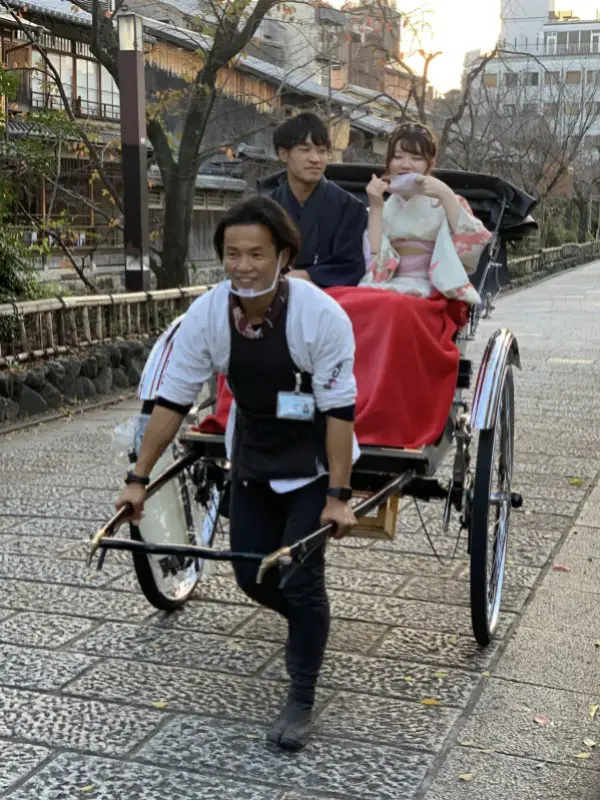
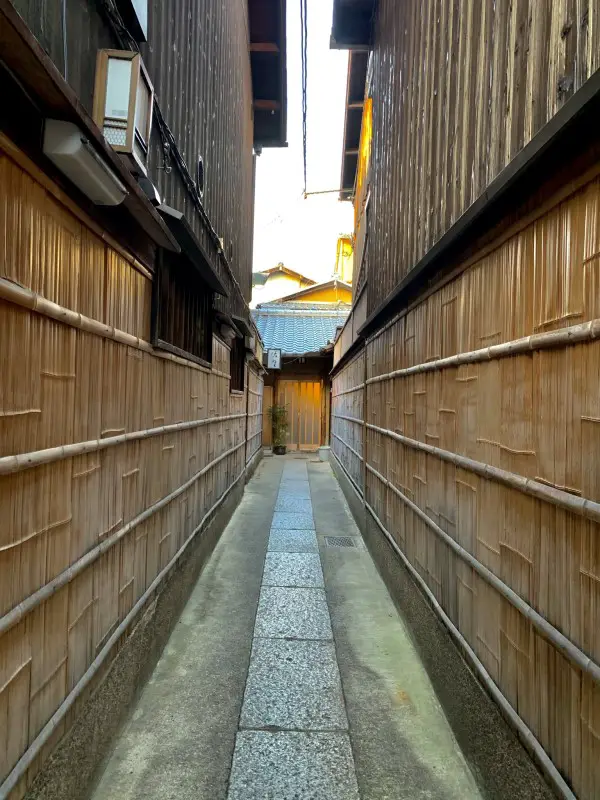
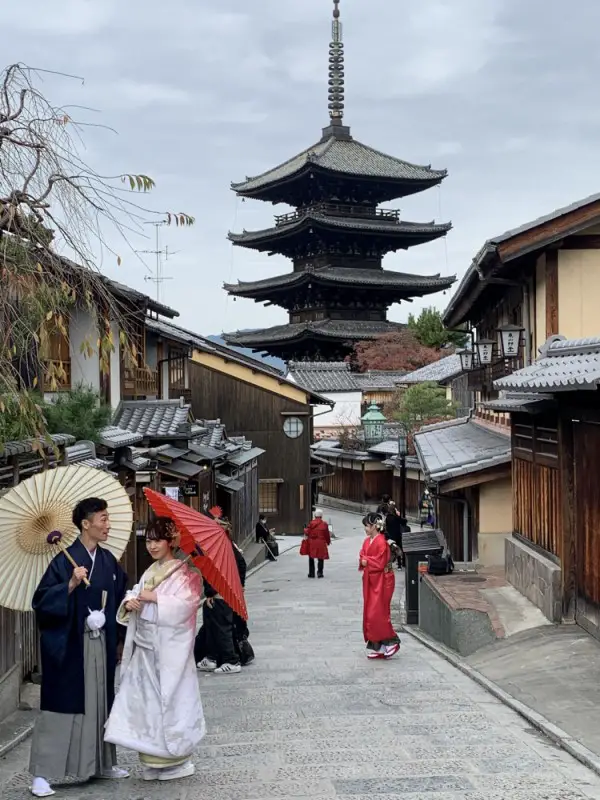
#3. Japan’s number 1 tourist attraction is in Kyoto.
Famous red wooden gates
You are probably familiar with one of the most popular images of Japan – the endless row of red wooden gates. This traditional Japanese gate, usually located at the entrance of the Shinto shrine, is called torii. The ancient religion of Shinto found only in Japan is based on belief in kami deities, which can take forms of: things (e.g. stone), forces of nature (e.g. rain), concepts (e.g. fertility), animals (e.g. fox) or ancestors. Torii’s symbolic meaning is to divide two worlds: mundane and sacred.
Fushimi Inari-Taisha shrine, located only 20 minutes by train from the heart of historical Kyoto – Gion, is famous for its incredible torii. There are over a thousand of them! What makes it even more special, each torii has been donated by an individual or a company. The patron of the shrine – the god of rice Inari – ensure the prosperity in business according to Japanese beliefs.
I’m not surprised it’s Japan’s number 1 attraction, as it’s been a highlight of my Kyoto trip as well. The shrine is situated at the foot of the sacred mountain Inari (233m). The torii are arranged in a loop of around 4 km spanning across mystical, dense forest. This incredible shrine is definitely a good reason to visit Kyoto.
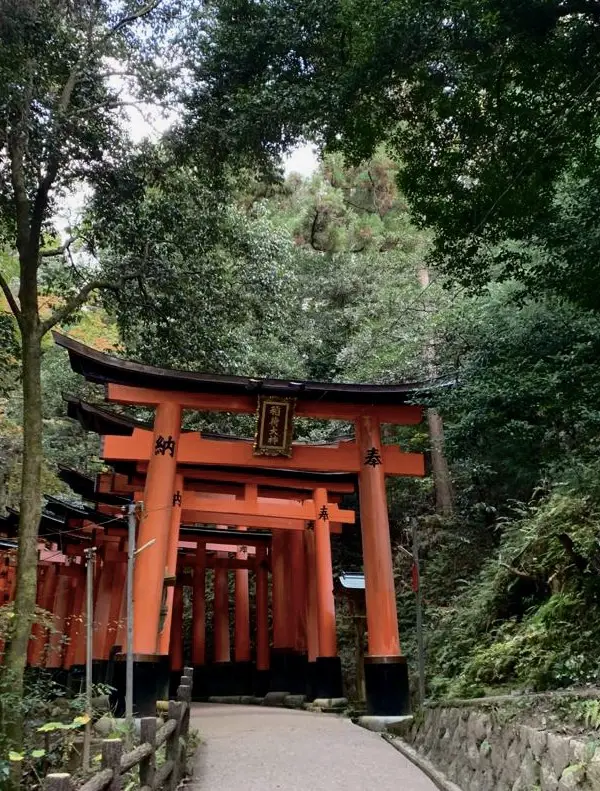
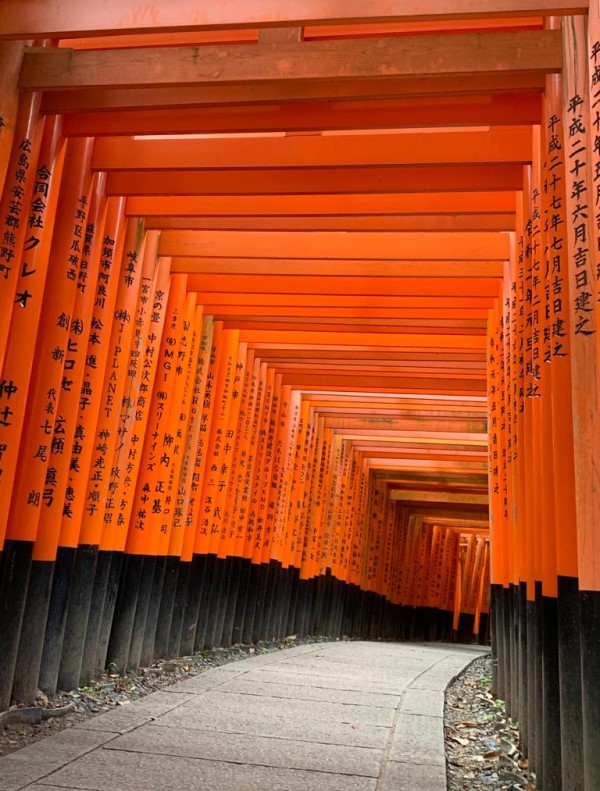
Visiting Fushimi Inari-Taisha shrine
In addition, visiting this shrine and its famous gates means being in contact with nature. It is a great change after being surrounded by crowds of people and buildings in other parts of Kyoto. Of course, there are many people also here, especially at the beginning of the loop. However, if you walk around the mountain (it takes a couple of hours), which I highly recommend, you will be able to find peaceful spots. Howevere if you don’t have enough time, seeing just part of the loop is also worth it. The shrine is open 24h. It’s nicely lit at night, so I recommend visiting it in the late afternoon. It’s usually less crowded and therefore, the atmosphere of the forest is even more magical.
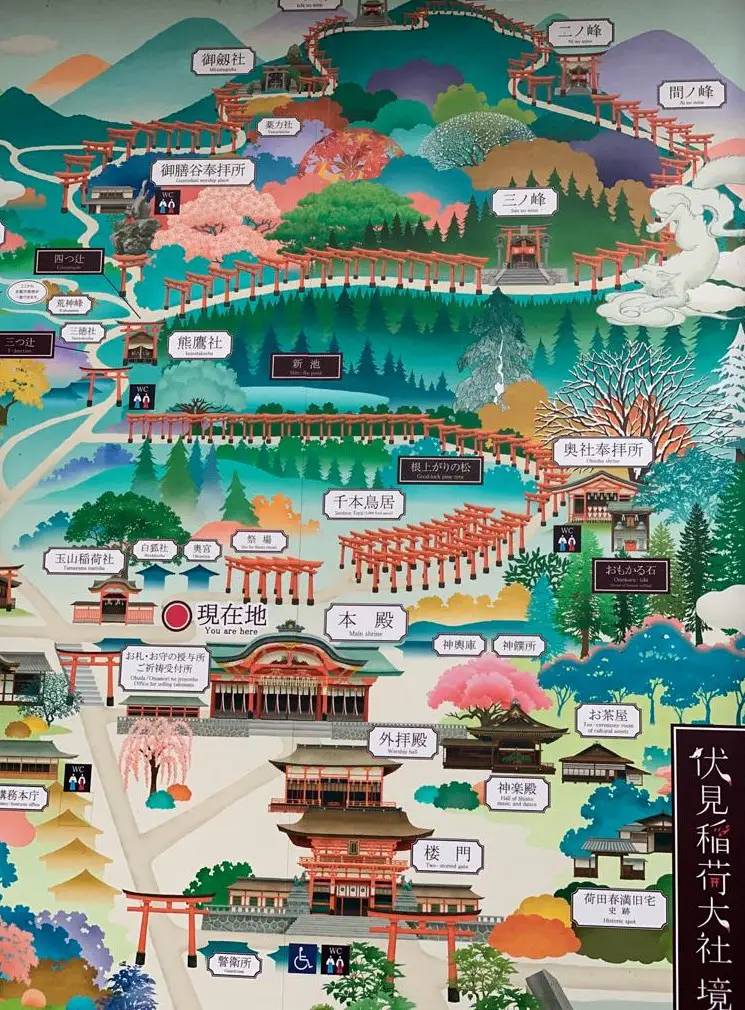
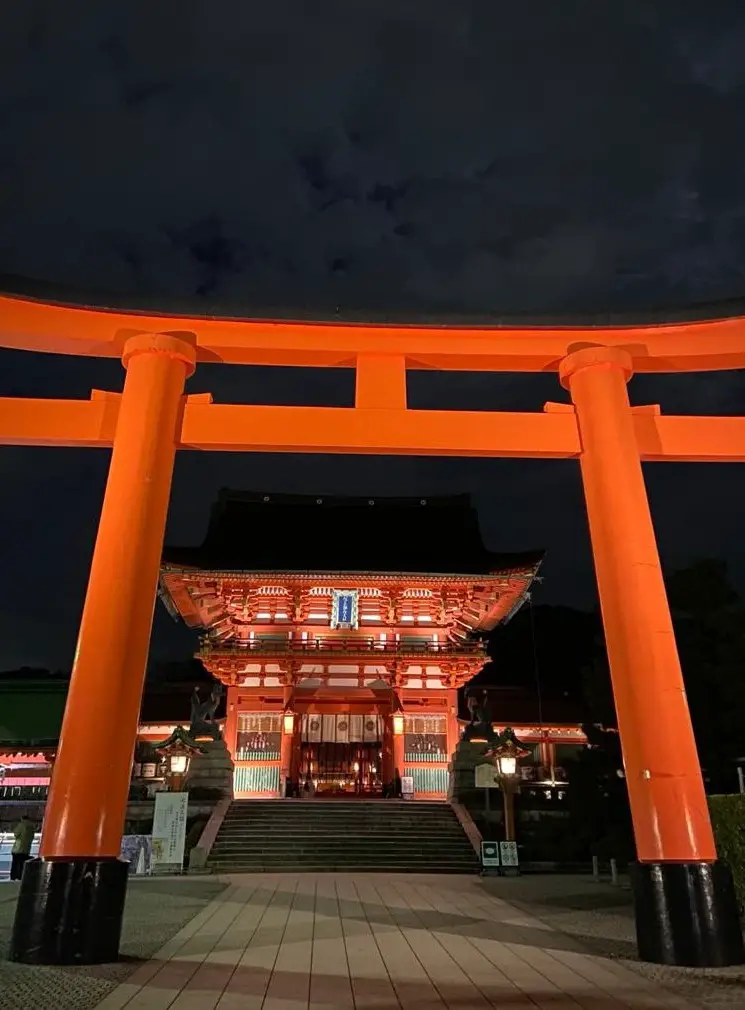
#4. Arashiyama and its famous bamboo forest
The main attraction of Arashiyama, which is one of the neighbourhoods in Kyoto, is the bamboo forest. Walking through this incredible tall bamboo grove is like being in another world. The rustling sound of the bamboo moving with the wind makes the experience even more unique. However, it is not the only attraction here, so it’s good to have a full day in Arashiyama. There are also, guess what, many temples! 🙂
The bamboo grove tips
There are two important things to make your trip fun. Firstly, try to be in the bamboo forest as early in the morning. It gets very crowded and it loses much of its charm later in the day. You might not like it that much anymore. Secondly, rent a bicycle. The area is quite big and interesting, so you will be able to cover more.

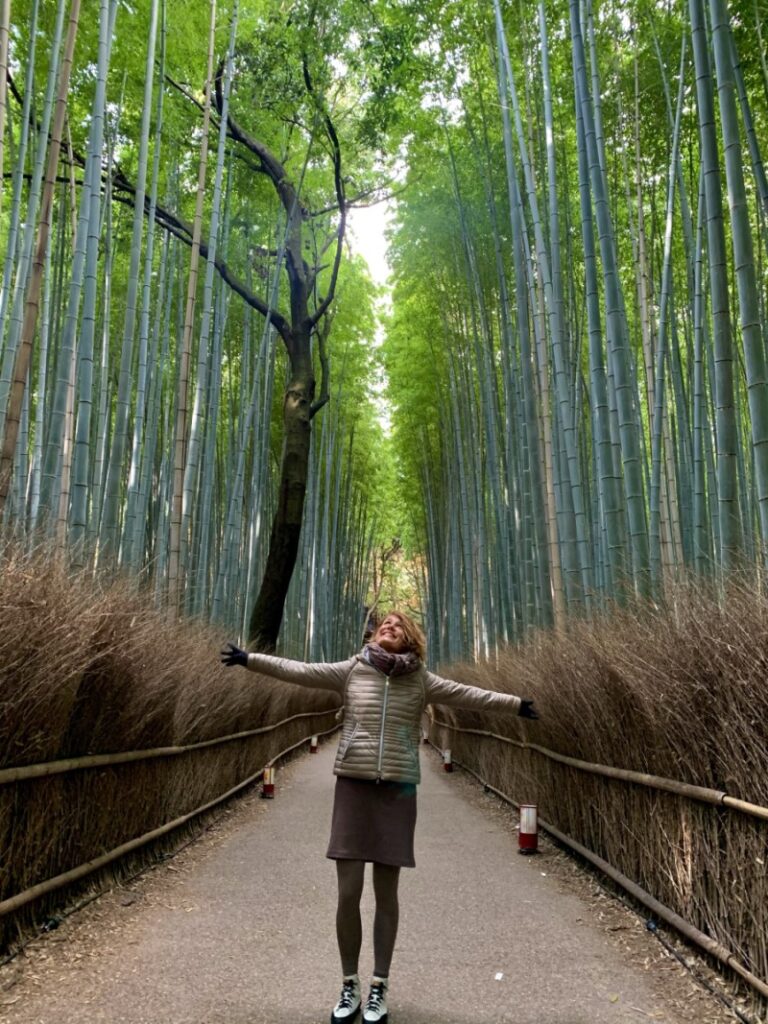
The main buddhist temple – Tenryū-ji – is situated at the edge of the bamboo grove, so it’s a must-see when visiting the bamboo forest. It is one of the UNESCO World Heritage Sites in Kyoto. For me the most attractive part of the temple grounds were the garden and the paths with its backdrop of the Arashiyama mountains.
Iconic Japanese coffee shop
After an early morning sightseeing you probably will need a cup of coffee. There is a great spot to grab one. %Arabica is an iconic Japanese coffee shop born in Kyoto. The coffee shop in Arashiyama has a fantastic location! It overlooks the river, wooden Togetsukyo Bridge (its history goes back to the VIII century) and lush slopes of Arashiyama mountains.

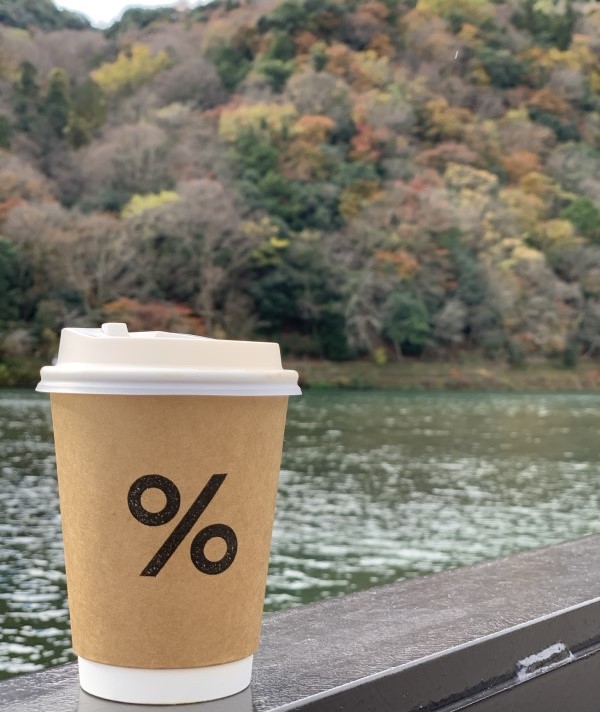
Plenty of interesting temples
There are plenty of temples in Arashiyama, so it’s up to you which one and how many you want to see. I’ll recommend just two. The first one is Jojakkoji Temple, stunning especially during autumn. Walking through little paths on the temple grounds among colorful maple trees is really beautiful. The views over Kyoto are also nice.
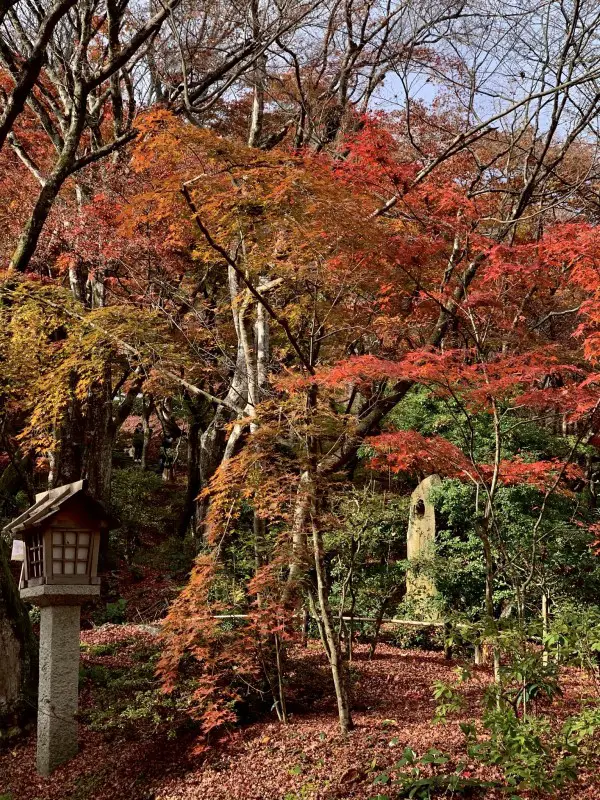
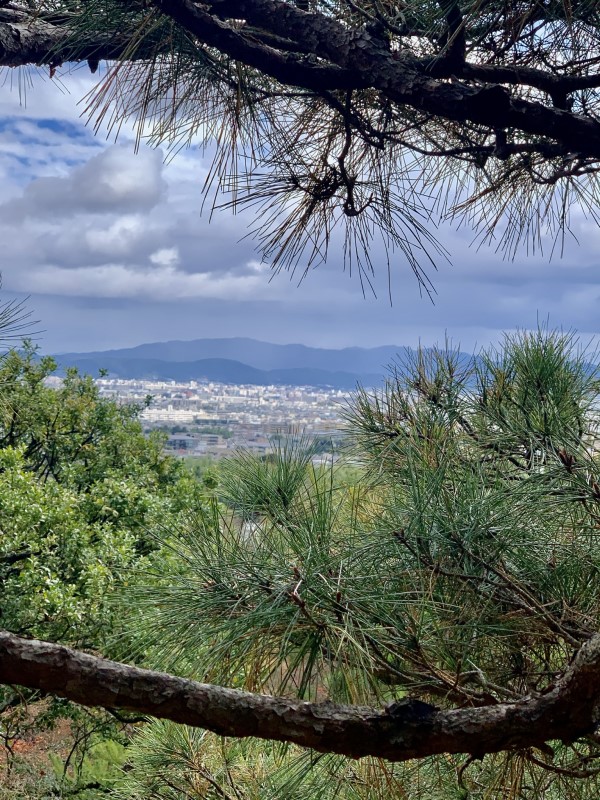
To get to the second temple – Otagi Nenbutsuji, founded recently in 1980s, you need to pass through a street full of old cute houses. That is why I really hope you’ll get that far. The temple is famous for its 1200 statues of rakan, followers of Buddhism, carved from stones and covered with moss. Each of the face has a different expression, which is usually very funny. I could spend hours just looking at them.
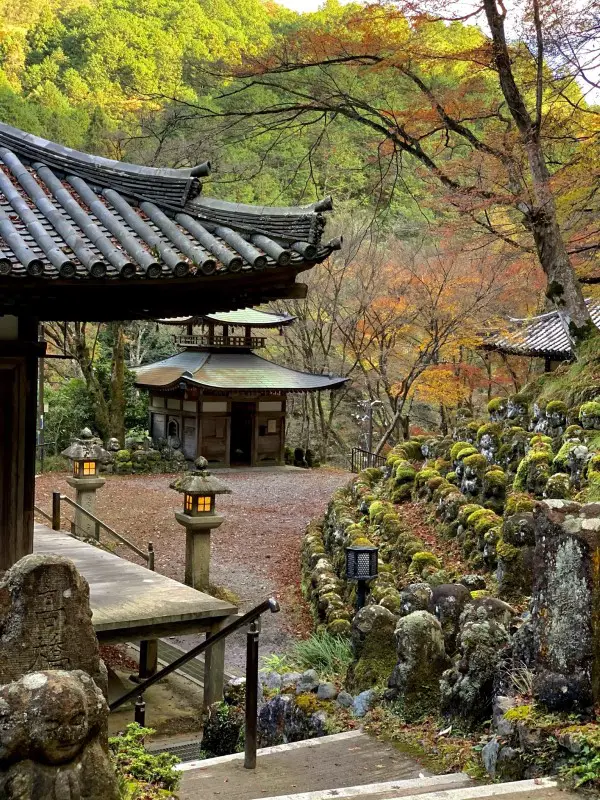
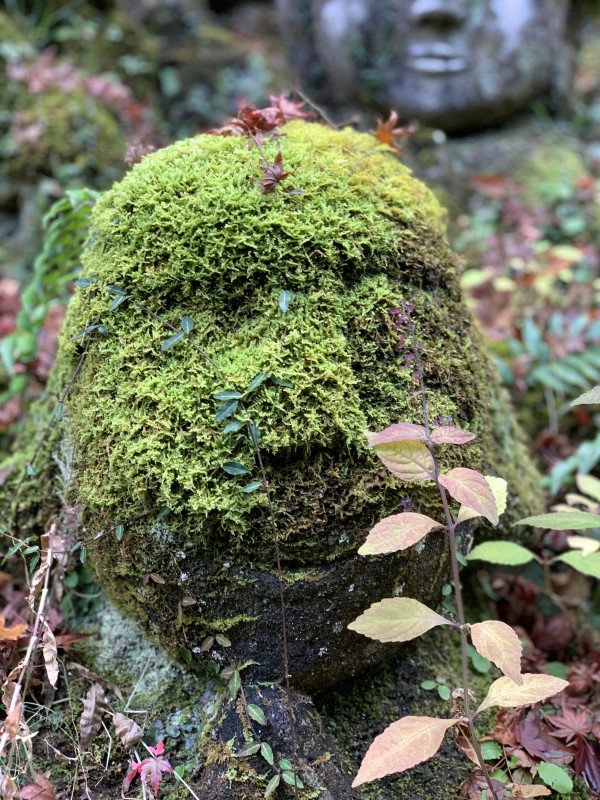
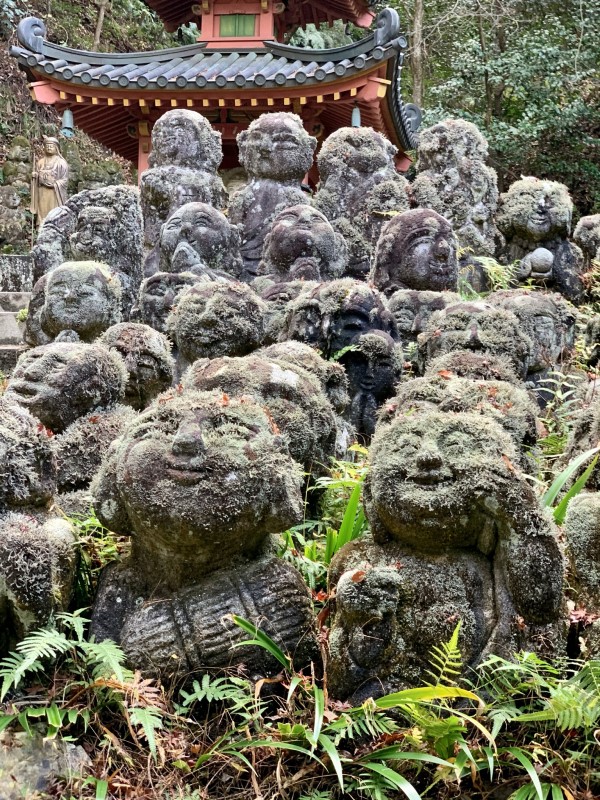
In addition, you can also visit Iwatayama Monkey Park to meet wild snow monkeys. I haven’t visited it myself as after my monkey encounters in other Asian countries I’m not their biggest fan. However, if you have never seen them in their natural habitat or are simply tired of temples, you might want to give it a try.
Arashiyama bamboo forest is undoubtedly one of the reasons why you should visit Kyoto. There is so much to explore in the area! In case you don’t have enough time, although I really hope you do, you can see a smaller bamboo grove in the Kodaiji Temple grounds in the centrally located historical district of Higashiyama.
#5. Japanese tea ceremony and matcha flavoured sweets
The oldest and one of the most famous regions for tea growing in Japan – the Uji region is situated only 20 minutes by train from Kyoto station. Back in the old days the Japanese traditional tea ceremony was a popular pastime among Kyoto’s aristocracy. Therefore, if you want to experience it during your trip to Japan, the traditional wooden tea houses in Kyoto are probably the best place for it.
Unwind with the tea
Before my trip to Kyoto I didn’t know much about tea ceremonies. But once I learnt about its purpose, I’ve loved it immediately! The idea is to relax and unwind, slow down and just live in the moment. The silent observation of the tea preparation slow process is a beautiful practice of mindfulness. You should concentrate on each move of the tea master. Admiring the simple beauty of tea utensils should help you to fully enjoy the experience and the distinctive taste of the tea.
Kyoto is a tea paradise. There are plenty of tea ceremonies conducted in English aimed at bringing foreigners closer to this interesting aspect of cultural life in Japan. I’ve tried the Camellia Tea Ceremony conveniently situated in the heart of the historical district of Ninen-zaka in one of the old houses. I liked it a lot.
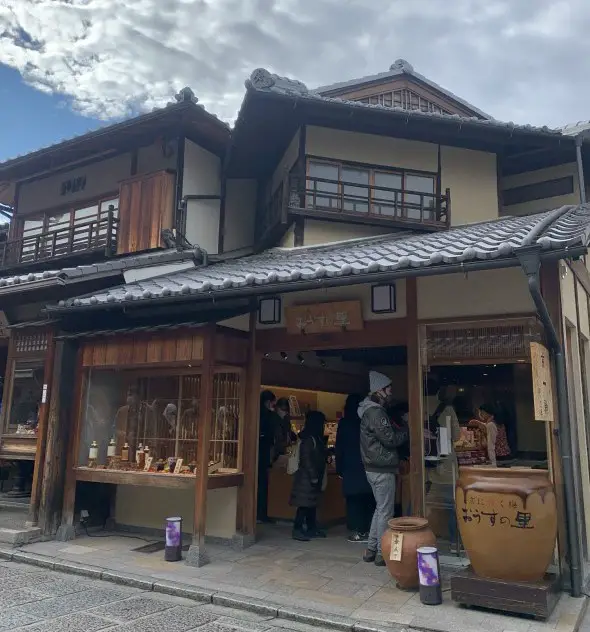
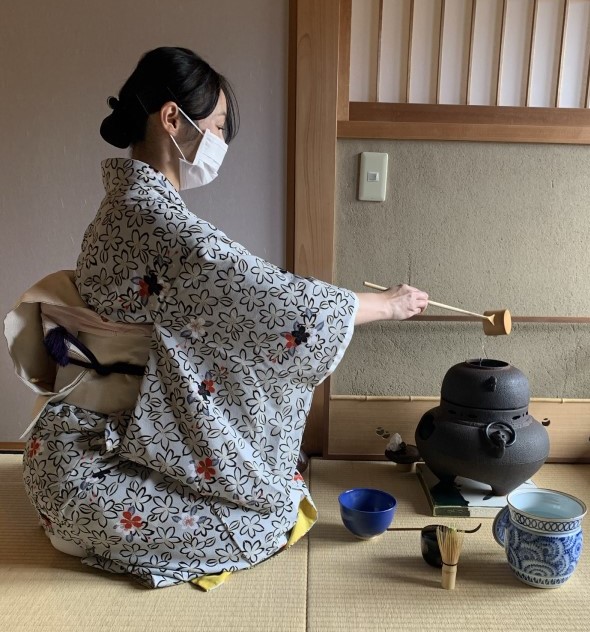
Sweet tooth paradise
Apart from drinking tea, Kyoto is a great spot for trying famous matcha flavoured sweets. You don’t need to look far, matcha icecreams, crispy cookies or chocolate are available at every corner of the city. Apart from the icecreams I can’t recommend any particular Japanese dessert myself. Although I love drinking green tea and matcha, I don’t appreciate green tea desserts. I probably haven’t lived long enough in Japan. But definitely I can recommend one of the most famous traditional tea houses in Japan – Gion Tsujiri . This is where I bought many kinds of delicious green tea. This chain has a long history and its matcha-flavoured sweets are supposed to be yammy as well.
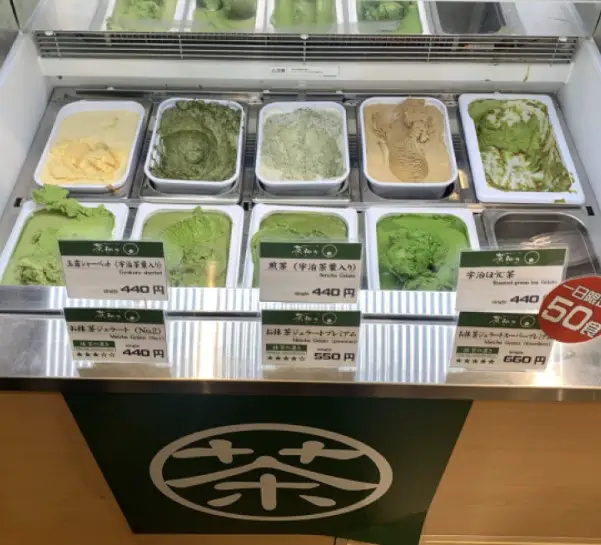
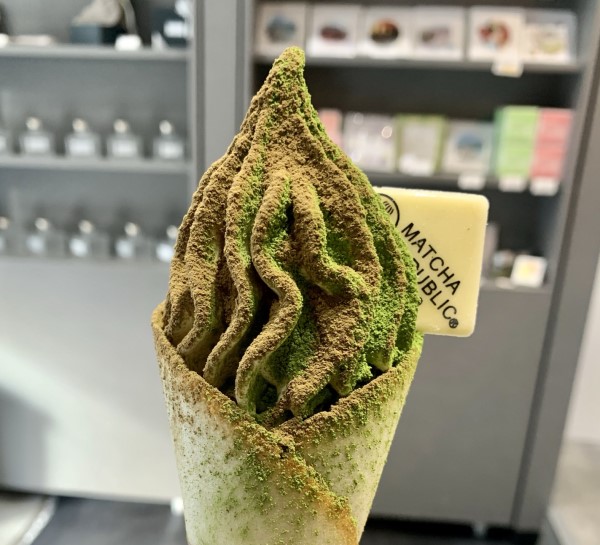
If you still think Kyoto is all about temples, which you don’t enjoy that much, you should know it’s not entirely true. Yes, there are plenty of temples and shrines. Howevere, their beautiful location makes them more interesting than, for example, visiting churches in Europe. Most of the temples are surrounded by beautiful nature and spectacular Japanese gardens. They are usually a great spot to relax.
To sum up, Japanese old traditions are stronger in Kyoto than anywhere else in Japan. If you want to experience real Japan you should visit Kyoto.
WHERE TO STAY IN KYOTO?
There is no better place to stay in the cultural capital of Japan – Kyoto, than a ryokan – a traditional Japanese guesthouse with tatami mats on the floor, and futon beddings.
If you want to try a real Japanese experience, it’s simply a must. Despite the simple concept, some of the ryokans are very luxurious and expensive. Besides, Japan in general is not cheap when it comes to accommodation.
But… There is good news as well! Gion Ryokan @-Beh situated in Gion, the historical heart of Kyoto and the most convenient location to stay, is both very nice and affordable. I stayed there for 5 nights and loved it. It has typical Japanese decor, rooms are spacious and clean. The location is superb while the price affordable. Check it out!
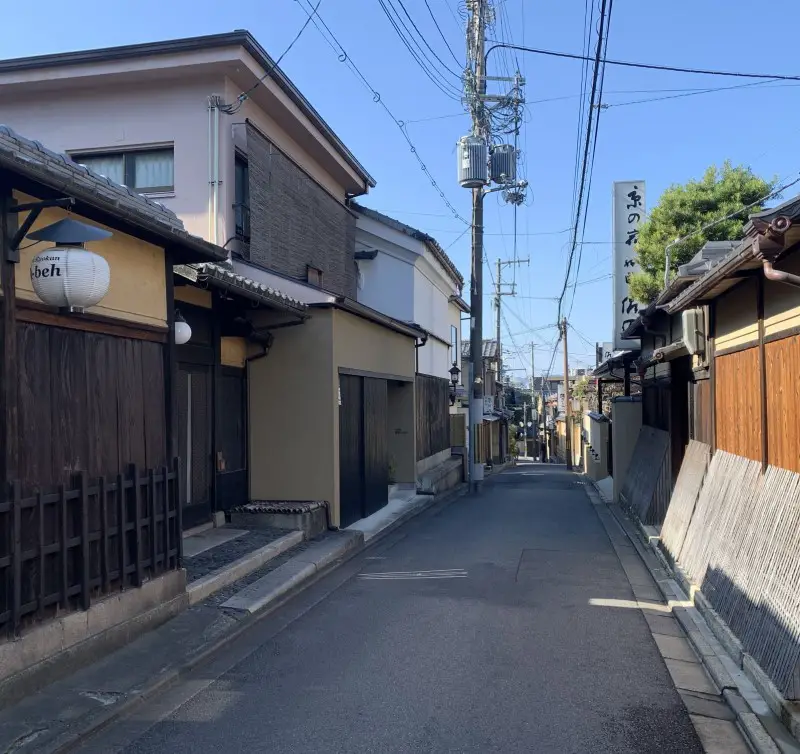
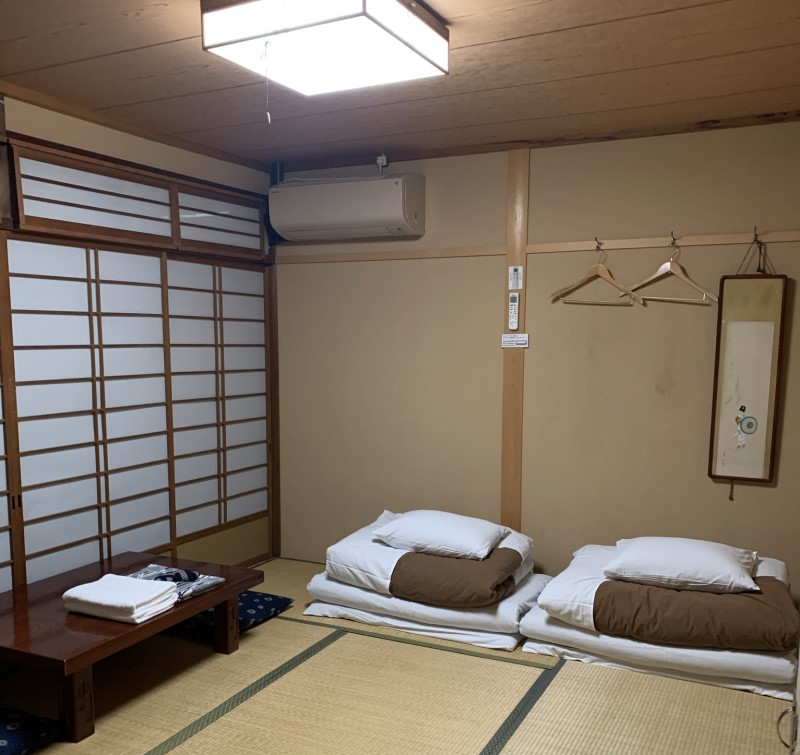
KYOTO FOOD GUIDE
There are tons of food options in Kyoto. Kaiseki – a traditional multi-course Japanese dinner is probably the most famous meal you can get. But if you do not necessarily want to spend 100 USD for dinner (I didn’t), I highly recommend a simple, but very typical Kyoto dish – nishin soba.
Although Kyoto is surrounded by mountains, nishin soba – a warm noodle soup with a herring is very popular here. Historically people did not have access to fresh seafood in Kyoto, therefore fish was often preserved to make it last longer. Herring is cooked in soy sauce and sugar. I’ve tried it a couple of times and here are my recommendations:
Matsuba – This is where in 1882 nishin soba dish was invented. It’s a must when visiting Kyoto.
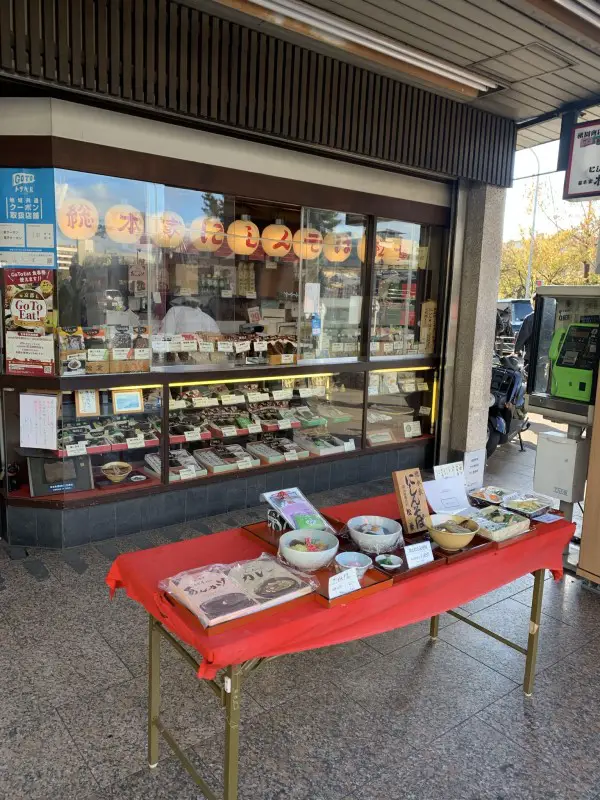
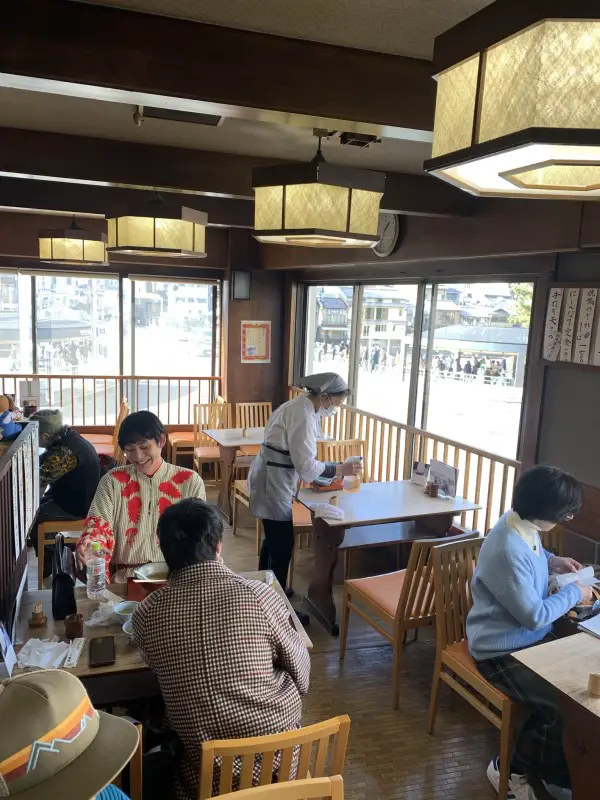
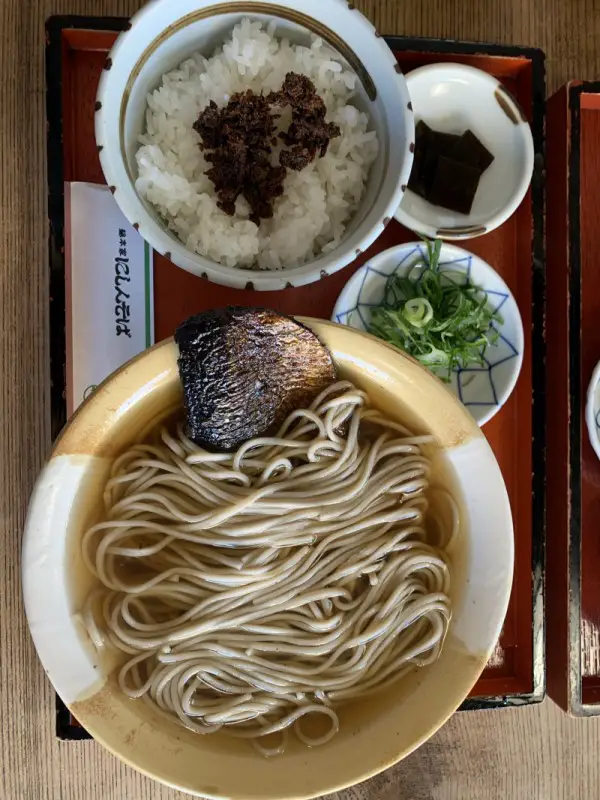
Dangoro – My favourite nishin soba in Kyoto, located close to the Bamboo Forest in Arashiyama.
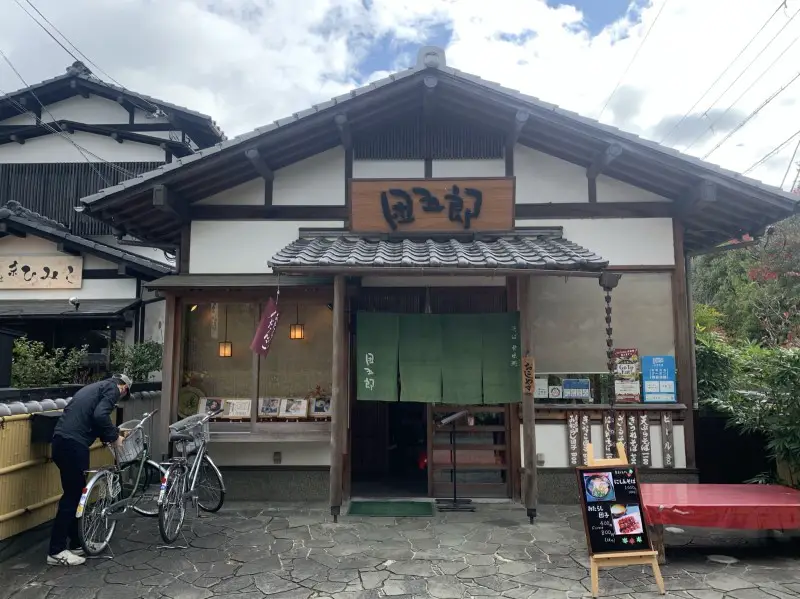
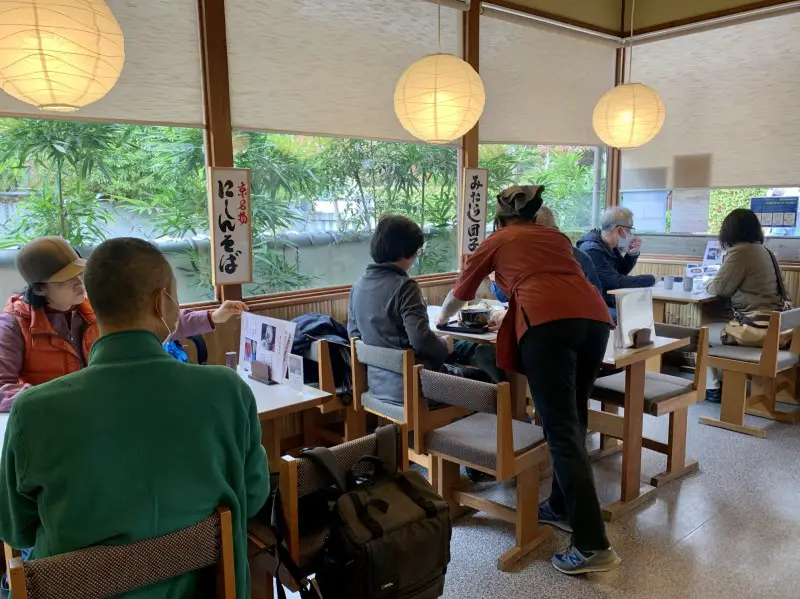
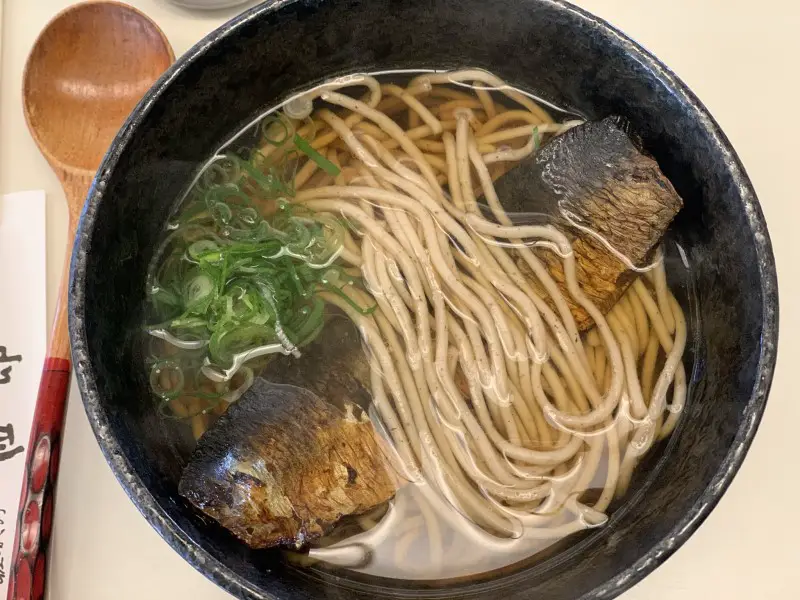
Gyoza ChaoChao (Shijo-Kawaramachi Branch) – If you like Japanese dumplings – gyoza – that’s the place for you. Many vegetarian options are available, which doesn’t happen often in Japan, so I had a delicious feast!
